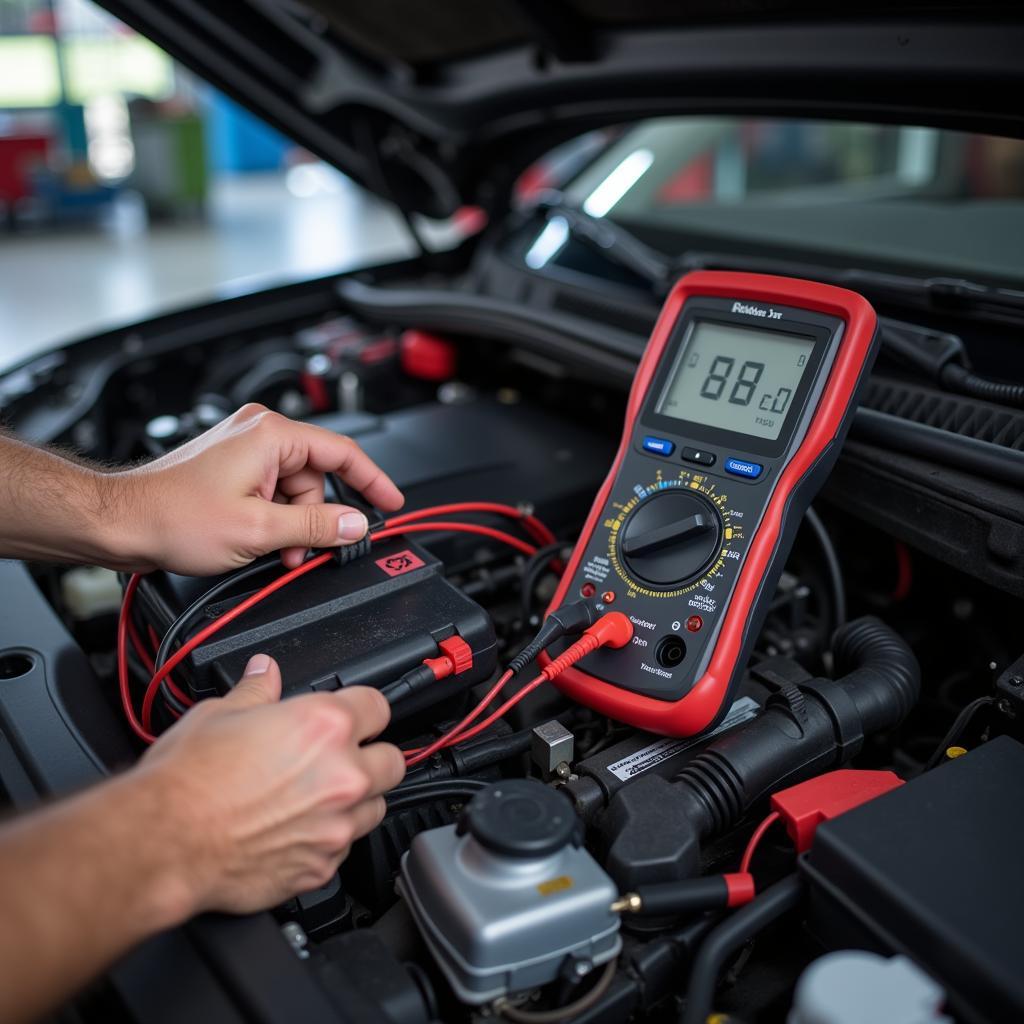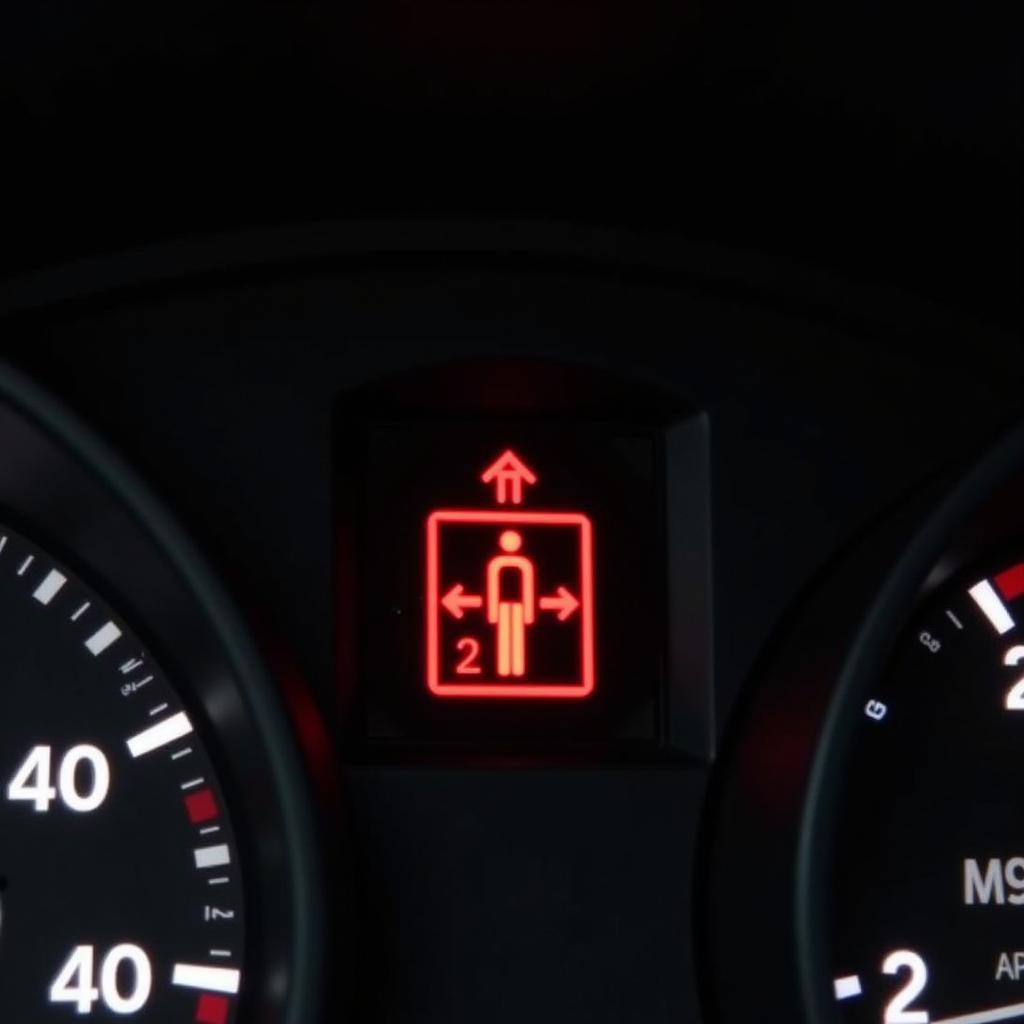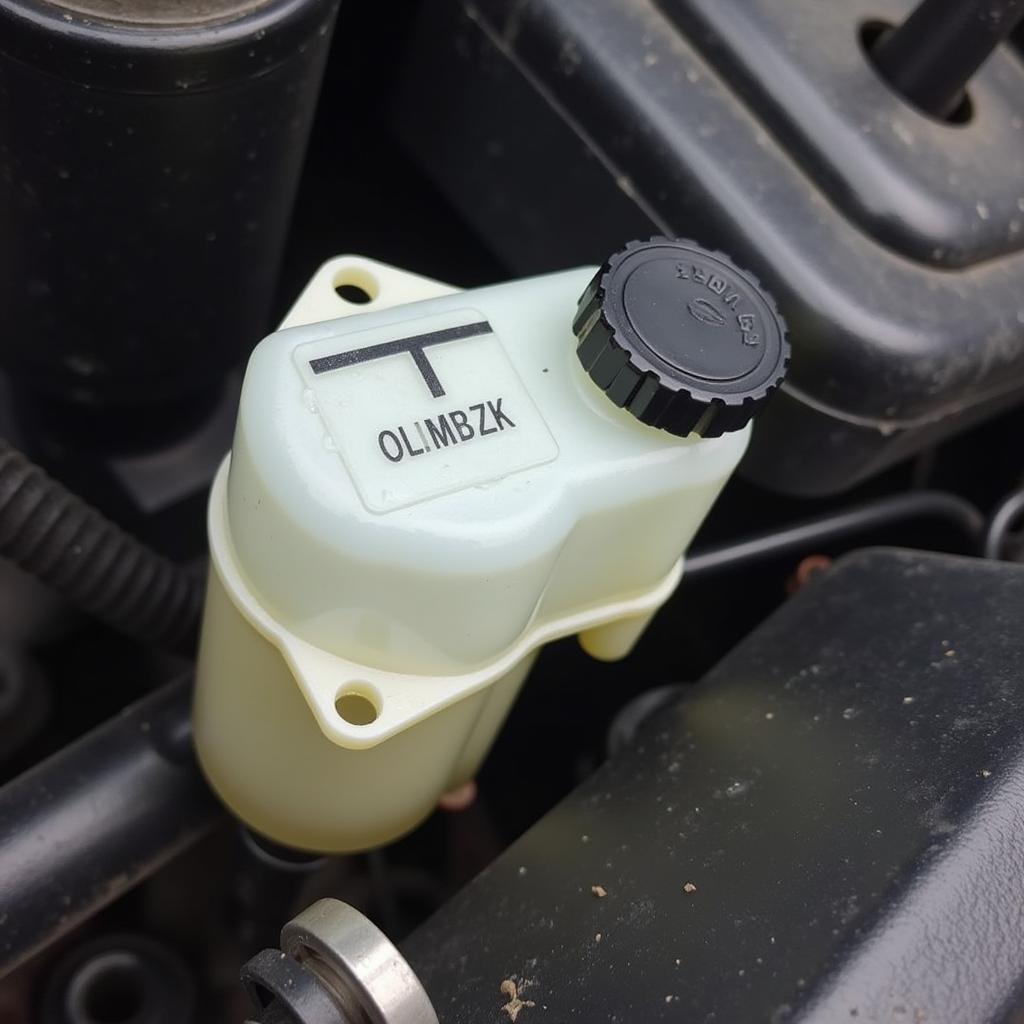The dreaded battery warning light comes on, and a sense of panic sets in. What does it mean? Is your car about to die? Don’t worry, this article will guide you through the common causes, troubleshooting steps, and solutions for when your battery warning light comes on, empowering you to take control of the situation.
The battery warning light, often a red battery icon, indicates a problem with your vehicle’s charging system. It doesn’t necessarily mean your battery is dead, but rather that it’s not being charged properly. Understanding the root cause is essential for implementing the right fix. Let’s dive into the possibilities.
Understanding Your Car’s Charging System
Before we delve into troubleshooting, it’s helpful to understand how your car’s charging system works. The system consists of three main components: the battery, the alternator, and the voltage regulator. The battery stores electrical energy, the alternator generates electricity while the engine is running, and the voltage regulator controls the alternator’s output to ensure the battery receives the correct voltage. If the battery warning light comes on intermittently, it suggests an intermittent issue within this complex system.
Common Causes of a Battery Warning Light
Several factors can trigger the battery warning light. These include:
- Loose or corroded battery terminals: This is one of the most common and easily fixable issues.
- Failing alternator: The alternator is responsible for charging the battery while the engine runs. A faulty alternator won’t charge the battery effectively.
- Faulty voltage regulator: The voltage regulator controls the alternator’s output. A malfunctioning regulator can overcharge or undercharge the battery.
- Worn-out serpentine belt: The serpentine belt powers the alternator. A broken or slipping belt will prevent the alternator from functioning properly.
- Bad battery: While less common than alternator issues, a failing battery can also cause the warning light to illuminate. If the car battery warning light comes on and off, a failing battery might be the culprit.
Troubleshooting the Battery Warning Light
“A systematic approach is crucial when diagnosing car problems,” says John Smith, a seasoned automotive electrical engineer with over 20 years of experience. Here’s a step-by-step guide to help you pinpoint the cause of your illuminated battery light:
- Check the battery terminals: Inspect the battery terminals for corrosion or looseness. Clean them with a wire brush and baking soda solution if necessary. Tighten any loose connections.
- Inspect the serpentine belt: Check the serpentine belt for cracks, fraying, or looseness. If it’s broken or slipping, it needs replacement.
- Test the battery: Use a multimeter to test the battery voltage. A fully charged battery should read around 12.6 volts. A lower reading indicates a potential battery problem.
- Test the alternator: With the engine running, use a multimeter to test the alternator output. It should be around 13.5-14.5 volts. A lower reading suggests a faulty alternator.
- Check the voltage regulator: Testing the voltage regulator can be more complex and might require specialized equipment. It’s best to consult a mechanic for this.
 Mechanic Inspecting a Car Battery
Mechanic Inspecting a Car Battery
“Remember, safety first! Always disconnect the negative battery terminal before working on any electrical components,” advises Maria Garcia, a leading automotive diagnostics specialist. If you’re uncomfortable performing these checks yourself, don’t hesitate to take your car to a qualified mechanic.
Remote Diagnostics and Programming
In today’s technologically advanced world, remote diagnostics and programming offer convenient solutions. These services can identify the problem and even install software updates remotely to address certain issues. If your Mini Countryman battery warning light is on, this could be a helpful option.
Preventing Future Battery Issues
Maintaining your car’s charging system can help prevent future battery warning light incidents. Regularly cleaning the battery terminals, inspecting the serpentine belt, and having your battery tested at least once a year can save you from unexpected breakdowns. It’s also important to understand that even key fobs have batteries. You can learn more about this in our article: does a key fob have a battery.
Conclusion
Seeing the battery warning light on dash can be alarming, but it doesn’t necessarily spell disaster. By understanding the causes and taking the right troubleshooting steps, you can often identify and fix the problem yourself or seek professional help when needed. Regular maintenance and proactive checks will minimize the chances of encountering this warning light in the future, ensuring your car remains reliable and road-ready.



